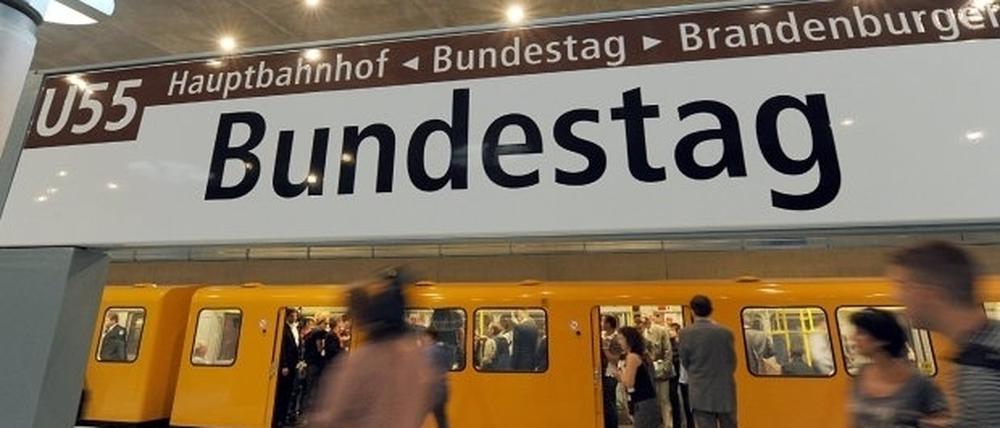
© dpa
From A to B: Getting around
There are many ways to move around the big city - and just as many modes of transport. These recommendations will help you to get where you need to go.
In Berlin, getting from A to B is pretty easy: In European rankings of cities and their traffic jams, Berlin tends to score somewhere in the middle. Public transportation is so well designed here that foreigners are rarely bothered by the long-lasting S-Bahn chaos locals love to complain about. At the same time, buses, U-Bahns and trams (they all belong to the Berliner Verkehrsbetriebe, or BVG for short) were hardly affected by the aforementioned chaos.
You can also easily get around Berlin's center by bike. Unfortunately, the Berlin senates' ambitious plans to build more bike paths are advancing rather slowly. Bikesharing, on the other hand, is growing rapidly. Especially when travelling short distances in the city center, there's various bike rental shops or you can use Call a Bike or its competitor Nextbike, at times, a faster alternative.
If you prefer to travel by car, there's over 7,500 cabs and a growing number of car sharing options around town. There's the more simple, Smart-powered car2go, the upscale DriveNow with its fleet of BMWs and Multicity's electric cars by Citroën.
3.6 million people take the VBB trains and busses every day
Thanks to countless apps, getting to your next destination by bus or train is pretty easy. Make sure to know that the standard „Berlin AB“ ticket is only valid within the city of Berlin. Schönefeld Airport and most S-Bahn lines end in Zone C, thus requiring an ABC ticket or an additional extension ticket (Anschlussfahrschein). To take your bike on the train, you'll have to buy an extra bike ticket - but don't forget to stamp it. Monthly tickets don't have to be stamped and there's different rates for AB and ABC passes. If there are S-Bahn issues causing delays, it's usually best to take the next possible train in the right direction and then change, rather than relying on the train's official schedule. Take note: The S-Bahn tends to do their renovation work at night and on weekends, while the BVG (U-Bahn) prefers to work for several weeks on end.
Other subjects:
- 335.000 students attend schools in Berlin: More about schools and education
- What makes Berlin's culinary scene so special? Street food and restaurants
- Berlin registered 50.000 new residents. Read about places to live.
- showPaywall:
- false
- isSubscriber:
- false
- isPaid:
- showPaywallPiano:
- false